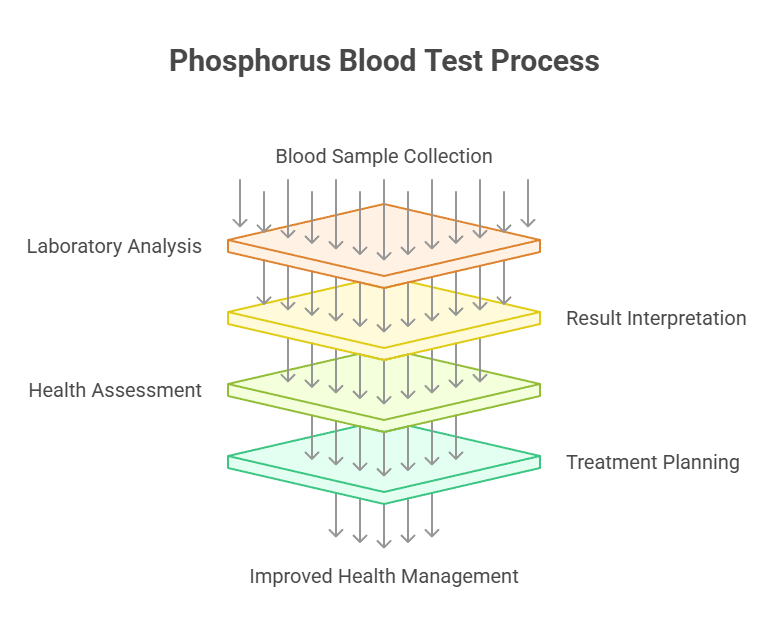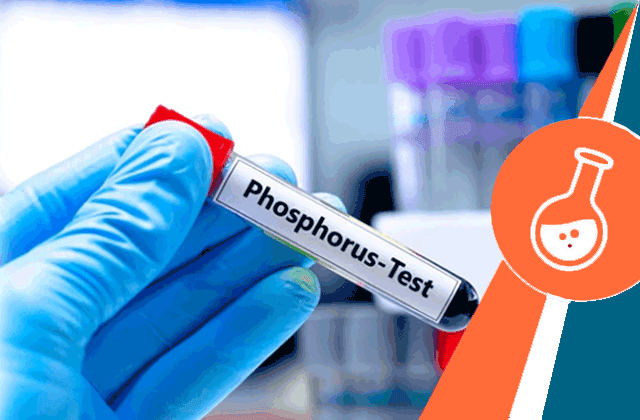
What is Phosphorous Blood test?
About Phosphorous Blood test
Finding Phosphorous Blood test
Test Results Interpretation
Sources
Ref Links:
More Related Tests
Why To Book with HealthCareOnTime

17 Crores+ Samples Processed

World Class Technology Labs

25+ Years of Trust & Experience

Free Home Collection
FAQs Around Phosphorous Blood test
How much does Phosphorous Blood test cost?
The Phosphorous Blood test cost is Rs.300, although it is now available for Rs.200 because of the offer.










